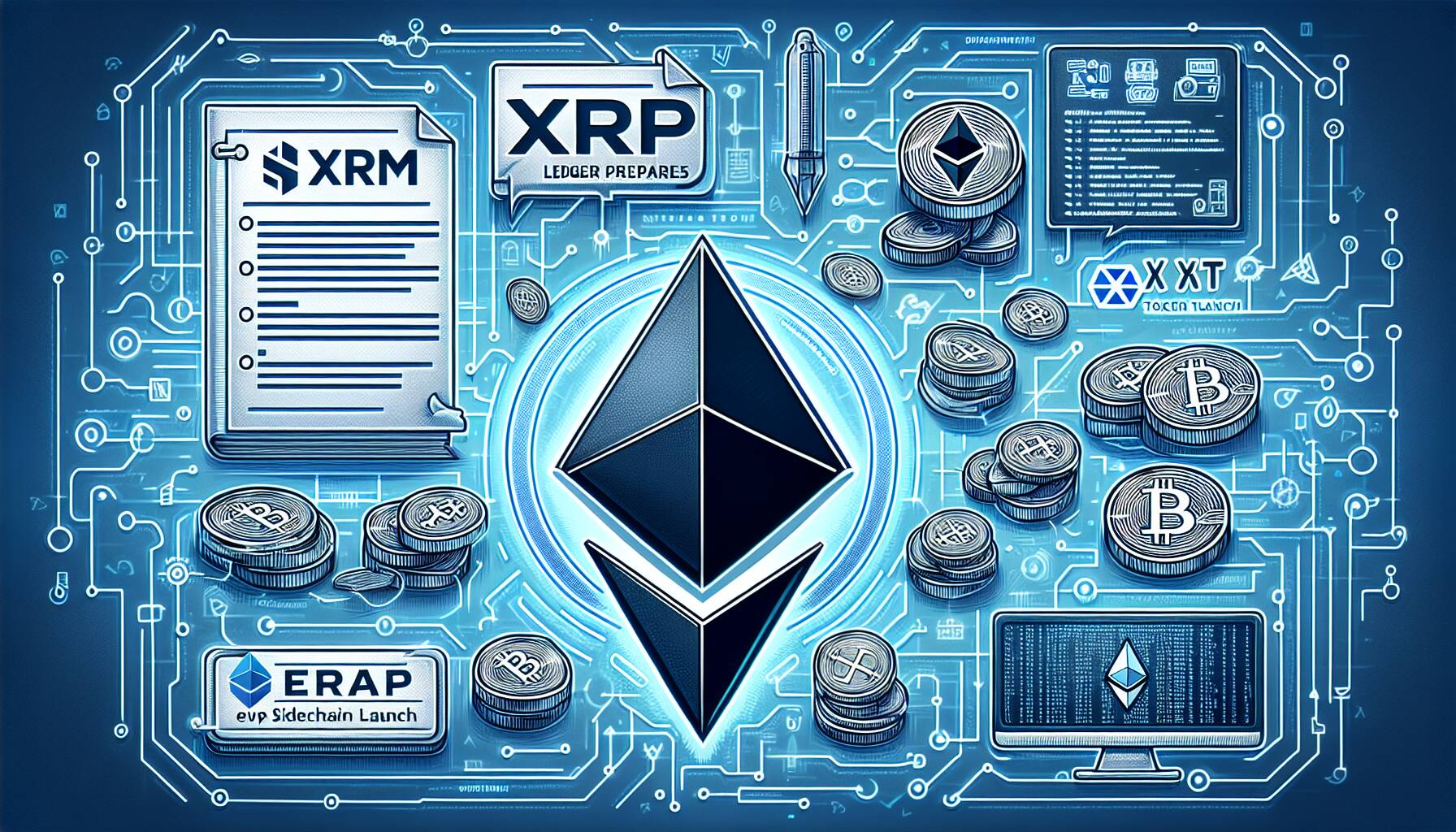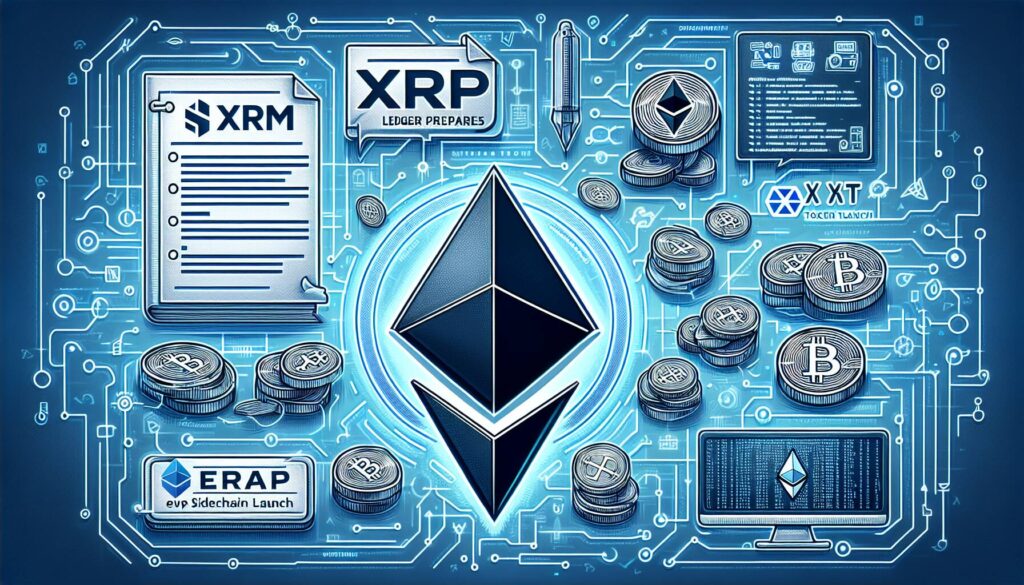The cryptocurrency landscape is buzzing with excitement as the XRP Ledger (XRPL) prepares to launch its much-anticipated EVM-compatible sidechain. Scheduled to go live in the second quarter, this development was announced by Ripple’s director of product management, Jaazi Cooper, and chief technology officer, David Schwartz, during the APEX 2025 conference in Singapore.
The integration of Ethereum Virtual Machine (EVM) compatibility is a game-changer for XRPL, enabling it to host Ethereum-based decentralized applications (dApps) and smart contracts with ease. Early this year, the XRPL EVM sidechain testnet kicked off and has reportedly seen a surge in activity, with Peersyst Technologies noting an influx of 87 new entities that had no prior involvement with XRP joining the ecosystem. This indicates a significant expansion in infrastructure, applications, and demand generation, setting the stage for what could be the most extensive onboarding in XRP history.
“When mainnet goes live, all of it becomes part of the XRP ecosystem – possibly the biggest onboarding in XRP history,” Peersyst stated on X.
The upcoming launch opens the doors for users to engage in yield generation through DeFi applications, including liquidity pools and interactions with smart contracts. As the crypto community watches this development unfold, the potential impacts on the XRP ecosystem and the broader market are likely to be substantial.

Key Points on the XRPL EVM Sidechain Launch
The upcoming launch of the XRP Ledger’s EVM sidechain is poised to significantly impact the blockchain ecosystem. Here are the key aspects to consider:
- Launch Timeline: The XRPL EVM sidechain is set to go live in the second quarter of 2025, as announced at the APEX 2025 conference.
- EVM Compatibility: This feature allows the XRPL to run Ethereum-based decentralized applications (dApps) and smart contracts seamlessly, expanding its functionality.
- Growth of Ecosystem: Since the testnet launch, 87 new entities have joined the XRPL ecosystem, contributing to infrastructure and decentralized applications.
- Potential for Yield Generation: Users can engage with DeFi applications, including liquidity pools and smart contracts, providing opportunities for profit.
- Historical Onboarding: This event is anticipated to be the largest onboarding event in XRP history, integrating new users and applications into the ecosystem.
This development might influence readers’ lives by opening new avenues for investment and participation in decentralized finance.
XRPL EVM Sidechain: A Game Changer in Blockchain Interoperability
The launch of the XRP Ledger (XRPL) sidechain with Ethereum Virtual Machine (EVM) compatibility represents a significant milestone in blockchain technology. Unlike other sidechains, which often struggle with integrations and user engagement, the XRPL’s sidechain shows potential for rapid adoption. With 87 new entities joining the ecosystem, this development stands in stark contrast to existing options like Binance Smart Chain and Polygon, which have experienced congestion and high fees as their platforms expand.
Competitive Advantages: The XRPL EVM sidechain promises enhanced interoperability, allowing Ethereum-based applications to function seamlessly. This portal unlocks opportunities for decentralized finance (DeFi) applications and promotes yield generation through liquidity pools and smart contracts. The claim of unprecedented onboarding signals a robust ecosystem integration that could attract developers seeking a more flexible and less congested environment than what is currently available on Ethereum.
Disadvantages: However, there is a notable risk regarding user retention and the potential for a fragmented ecosystem. While the initial influx of new entities is promising, the sustainability of this growth hinges on developer support and community engagement. Furthermore, competing platforms may respond aggressively, ensuring that the market remains competitive and continuously evolving.
This emerging sidechain could benefit developers looking for a cost-effective and efficient alternative to Ethereum, as well as investors interested in diversifying their portfolios. Conversely, it may create challenges for existing platforms that find it difficult to retain users and developers if they cannot deliver similar interoperability and functionality. Overall, the XRPL EVM sidechain stands set to reshape the blockchain landscape, though its long-term impact will depend heavily on market reception and continuous development.

















